
Ardworix
-
Posts
64 -
Joined
-
Last visited
-
Days Won
4
Posts posted by Ardworix
-
-
From the beginning, the presence of Lusitanians, as mercenaries, has been reported, although it gained greater prominence with Philo's request for help from the Lusitanian Cecilius Niger.
Quote"At a later period two brothers, Lusitanians, deserted and reported a speech which Pompeius had delivered, to the effect that, since he could not come to the assistance of the town, they must withdraw by night out of sight of their opponents in the direction of the sea."
Keep trying to cover up your ill will with the heavy army of the Lusitanians.
-
No reason, as always .....!
Quote"About nine at night, the besieged, according to custom, spent a considerable time in casting fire darts upon our soldiers, and wounded a great number of men. At day-break they sallied upon the sixth legion, while we were busy at the works, and began a sharp contest, in which, however, our men got the better, though the besieged had the advantage of the higher ground. Those who had begun the attack, being vigorously opposed on our side, notwithstanding all the inconveniences we fought under, were at length obliged to retire into the town, with many wounds.
Toward the evening of the same day, the fight, as usual, was renewed before the walls: and the enemy having thrown many darts, and a great quantity of fire from the battlements, proceeded afterward to an action of unexampled cruelty and barbarity: for in the very sight of our troops they fell to murdering the citizens, and tumbling them headlong from the walls, as is usual among barbarians: no parallel to this is to be found in the memory of man.
When night came on, Pompey sent a messenger unknown to us, to exhort the garrison to set fire to our towers and mound, and make a sally at midnight. Accordingly, having poured upon us a great quantity of fire darts, and destroyed a considerable part of the rampart, they opened the gate which lay over against and within view of Pompey's camp, and sallied out with all their forces, carrying with them fascines to fill up the ditch; hooks and fire to destroy and reduce to ashes the barracks, which the soldiers had built mostly of reeds to defend them from the winter;" - Bellum Hispaniensis.
All this ill will, inventing theories, oddities, by the way, to avoid heavy armor by the Lusitanians, when with Sertorius they were frankly used.
-
A quick timeline for being aware...
1. Lusitanian War (155 BC and 146 BC)
2. Campaign of Decimus Iúnius Brutus against the Galaic (138-136 BC)
3. Sertorian War (80 BC 72 BC)
4. Second Civil War of the Republic of Rome, also known as: Civil War Caesarian (49 BC and 45 BC)
5. Cantabrian Wars (29 BC - 19 BC)Buccula and bipenne are registered in the Astur-Cantabrica war, which involved a broad alliance of tribes from the Minho, Portugal to Cantabria. As well as this period, the design of the caetras that was listed for being printed in the Lusitanian faction is from this period. In other words... a period on the threshold that the game is about.
The use of flaming darts, which currently figure in the Iberian faction, are recorded in the course of the Cesarean Civil War that took place in Hispania, and whose protagonists, once again, are the Lusitanians. before the Cantabrian War.
And the period of the War of Sertorius, prior to these retro-cited events, which was greater in magnitude than that of Viriato, and in which all military resources were fully developed, including naval battles... will it pass unnoticed? If with Viriato the infantry and heavy cavalry were few, still, surely there should be an amount to make its existence possible, with Sertorius it is widely employed.
-
 1
1
-
-
12 hours ago, Genava55 said:
Is Miguel Sanches Baêma the full name? I don't find anything over google scholar:
The only place where I can find him is on a forum. But did he publish anything (book, article etc.)?
https://recons-iberoceltica.forumeiros.com/t111-os-armamentos-dos-lusitanos-nas-campanhas-de-viriato
Thank you for the reference. Although I find it difficult to follow his logic. He says basically that the Celtiberians are influencing the North-Eastern Iberians because there is La Tène weapons in North-Eastern Iberia. In his mind, La Tène weapons = Celtiberian influence. The problem I have with his opinion is that it has been discussed several times in the literature that the La Tène weapons were not typical in Celtiberian context.
For example, the La Tène shield boss is more frequent in the North-East than it is among the Celtiberians.
The same goes for the Celtic iron montefortino, which is purely La Tène but is not found in Celtiberian context but only in Iberian context:
So it is not valid to say that long shields are equivalent of Celtiberian influence and that anything representing long shields is depicting Celtiberian influence.
In fact it is probably the reverse that happened, the Celtiberians adopted the long shields during the 2nd century BC, after it was adopted among the Iberians.
The problem with your opinion is that it follows this logic:
Everything among Iberians is valid for Celtiberians.
Everything among Celtiberians is valid for Lusitanians.
Therefore everything among Iberians is valid for Lusitanians.
In my opinion, this is sophistry.
References:
https://www.academia.edu/29051656/Elmi_Montefortino_nel_Mediterraneo_occidentale
O ARMAMENTO DOS LUSITANOS NAS CAMPANHAS DE VIRIATO - Miguel Sanches de Baêna
Caderno 9 - Terras Quentes - Exército (doczz.com.br) pg. 44 - 109 of PDF.
Write an article saying this to Blázquez... that he is mixing Iberians, Celtiberians and Lusitanians.....
-
 1
1
-
-
You like to distort as it suits you.... Strabo's quote rejects the fallacy that heavy armor would be almost non-existent. If that were the case, there would be no heavy army as Strabon expressly reports about the Lusitanians.
This "expert", to justify the obvious representation of the squamat loric on the Sant Miguel vases, suggests laughable "cloth armor". No surprise, I've seen "experts" interpret the heads of wolves that figure on the breastplate as "lion".
Still on the various representations in ceramics, they are reputedly considered Celtiberian and Lusitanians:
Quote"II. En el Levante. El fenómeno de la proyección celtíbera es el mismo, No vamos a recoger todos los testimonios, sino algunos pocos que parecen más significativos. Celtíberos citan las fuentes en el levante ibérico, como Allucio (Liv. XXVI, 50, 12), princeps celtiberorum, que se pasó a Escipión en el invierno del 209-208 a. C. con 1.500 hombres. Edecón y Turro, reyes de los edetanos, figuran como aliados de los celtíberos (Liv. XXVIII, 24), al igual que Mandonio e Indíbil (XXVIII, 24). El primer nombre es celta 6, y el segundo una formación híbrida indoeuropea ibera. La presencia del armamento típico de los celtíberos queda bien atestiguada en el Levante Ibérico: baste recordar los escudos rectangulares, típicos de La Tène, de la cerámica de Liria, donde los guerreros llevan la cota de malla citada por Estrabón (III, 3,6) como propia de los lusitanos, un caballero representado sobre un vaso de Archena y un vaso de La Oliva, todos con los mismos escudos alargados. En el Levante Ibérico, como en la necrópolis de la Solivella, se documentan broches de cinturón rectangulares y de garfios, típicos de la Meseta. En cambio, los túmulos escalonados del Cigarralejo o de Ampurias, son de origen mediterráneo y están representados en los vasos
áticos y suritálicos, pero los circulares o rectangulares, sin pirámide de piedra o adobe, pueden obedecer a prototipos traídos por pueblos indoeuropeos. "https://biblioteca.org.ar/libros/140313.pdf buena lectura!
On the other hand, I quoted former Portuguese diplomat Miguel Sanches Baêma, a specialist in Military History, and who, more than a historian and interpreter, reproduced the weaponry with the techniques of the time.
But what counts is his opinion. And the innovations that come in your mind.
-
 1
1
-
-
Now, squamat loric is not plausible because you don't want to...
-
The images are merely illustrative regarding the use of the buccula and the bipene (the ones I posted, not yours).... unless you also want to make a case for the use of both, as to date, there has not been a single physical archaeological find of the two pieces.
-
6 hours ago, Duileoga said:
Buenos días/tardes/noches;
-Estaba investigando que solo los lusitanos de cierto nivel social o con dinero eran capaces de costearse el precio de armaduras ,cascos u otras protecciones de metales y que buena parte de los guerreros usaban protecciones ligeras de cuero u otros materiales perecederos.
-¿Tiene alguna sugerencia o crítica , o creé que las actuales" texturas "para la infantería y caballería ligera en fase 1 y 2 están bien? Pienso que en fase 1 no deberían llevar casco, en fase 2 cascos de cuero y en fase 3 cascos de cuero con un penacho en la parte superior. Mientras que "los cacos de metal" (con penacho) solo los deberían usar las unidades campeonas.
-Me gusta la idea de las máscaras para la caballería campeona ¿Tiene referencias arqueológicas o históricas? para que pueda hacer unos bocetos o texturas provisionales. @Ardworix
-¿Usted que opina @Genava55?
Disculpen las molestias*
Ciertamente, pero en un número que permite la formación de un ejército pesado (infantería y caballería), de lo contrario, el historial de Estrabón no tendría sentido, si fuera como algunos afirman "casi inexistente" .......
"También celebran concursos, para soldados y caballería con armas ligeras y pesadas, de boxeo, carreras, escaramuzas y combates por escuadrones". - Strabon.
De modo que, apareciendo en la fase 3, ya serían pocos por sí mismos, constituyendo una mayoría (derivada de las fases 1 y 2) tropas ligeras, reproduciendo fielmente las fuentes clásicas.
Permítanme reproducir una exégesis, del ex diplomático portugués Miguel Sanches Baêma, especialista en Historia Militar, que corrobora algunos puntos ya planteados, a continuación en portugués, creo que comprenda:
Quote"II - Armas e armaduras
A proteção do corpo dos guerreiros lusitanos era objeto de um cuidado muito especial. Basicamente a armadura dos combatentes podia set feita de três maneiras:
I - de tecido, cabedal ou substancias naturais;
II - de metal;
III - mistas.
As armaduras de tecido eram normalmente feitas de linho acolchoado formando um conjunto resistente, ou de um tecido grosso embebido em vinagre e sal para o endurecer.
Nas de cabedal, que se apresentavam como corsoletes ou, de certo modo, como couraças, as partes mais expostas eram reforçadas e endurecidas com agua, apos o que eram, depois de secas, untadas com banha de porco, ou, de preferência, sebo de carneiro, para as impermeabilizar.
O esparto ou tiras de ervas secas entrançadas e enformadas eram, também, apreciadas pela sua resistência e leveza, pelo que muitos dos combatentes as preferiam para se protegerem.
Os Lusitanos herdaram dos Celtas a técnica do fabrico da malha de ferro. E de tal maneira as suas cotas se afamaram pela leveza e resistência que os Romanos rapidamente as adotaram como defesa do legionário ate ao século II d.e.c. Ao que parece, a malha de ferro estava bastante difundida entre os cavaleiros lusitanos. Embora se conheça muito poucos vestígios de malha metálica dessa época, as pinturas dos vasos de Líria são elucidativas neste particular.
Uma cota de malha demorava muito tempo a ser feita. Para além de exigir hábeis artesãos com grande pratica no manejo do ferro, a cota devia, naquela época, ser de tal forma cara que o seu acesso estava condicionado às classes mais elevadas. Uma cota de malha curta era constituída por cerca de vinte e cinco mil elos, todos laborados à mão, rebitados e temperados, e podia levar cerca de um ano a ser feita. Tao eficaz como a malha de ferro era cota de escamas, que tinha a grande vantagem de ser muito mais barata e não exigir tanta perícia no fabrico.
Geralmente as escamas eram feitas de pequeninas chapas de ferro batido com 5 cm de comprimento e 1 mm de espessura. As escamas eram geralmente sobrepostas a uma vestimenta curta feita em pele de gamo (que não encolhia com a chuva) e cozidas com tripas de gato, ou outros materiais resistentes, através de doís pequenos furos abertos no topo da escama.
A proteção das placas era constituída por pequenos quadrados (ou círculos) de ferro, ou outro metal, que atuavam como reforço nas armaduras de tecido ou de cabedal. Essas placas eram fixas ao tronco do combatente através de uma correia de cabedal que abraçava o pescoço, e outra que circundava a cintura, sendo atada a retaguarda. No Museu Arqueológico de Jaen, na Espanha, existe o resto de uma escultura em pedra de um combatente a cavalo que nos mostra bem como essas placas (na sua maioria redondas e muitas vezes altamente decoradas) estavam fixas ao combatente. Mas a mais interessante armadura de placas que tive ocasião de apreciar, encontra-se no Museu Arqueológico de la Alcudia, Elche. Trata-se de uma escultura em pedra do sec. IV ou III a.e.c., conservando ainda parte das cores originais e que retrata um combatente de alta estirpe totalmente equipado. Nela se pode apreciar a placa de armadura circular no interior da qual figura a cabeça de um lobo (símbolo da guerra) em relevo, bem como as correias em cabedal (ou ferro) trabalhado que abraçam o pescoço e a cintura.
Nas armaduras mistas o tronco estava protegido por placas de malha ou de escamas enquanto os saios eram feitas de tecido de forma a não impedir a mobilidade do cavaleiro. São estes os cavaleiros retratados nos vasos de Liria e que devem corresponder na sua maioria ao tipo comum do cavaleiro lusitano."
En cuanto a las pezuñas, creo que en la fase 1 se podrían ir sin pezuñas, usando el vendaje alrededor de la frente y el cabello, como se representa actualmente en algunos honderos de la civilización ibérica, en la fase 2 creo que se podrían usar pezuñas de cuero y que hay varios modelos, en la fase 3, como ya he comentado, creo que se podrían usar cascos de bronce (montifortinos y calcidicos) aunque también se podrían mezclar con los de cuero si le place.
En cuanto al atuendo de infantería o caballería ligera, sugeriría la reproducción del traje de un preso gallego representado en el Arco Romano de Carpentras, sur de Francia:La figura en cuestión es la de la derecha, con un casco de Montifortino colgando arriba y una falcata a sus pies. (ver: http://www.manuelgago.org/blog/2017/12/11/o-guerreiro-perdido/)
En cuanto a máscaras y bipenes, se hace referencia a las monedas que conmemoran la victoria romana en la guerra cántabra, en época de Augusto, además de las reproducciones artísticas de la historia militar:
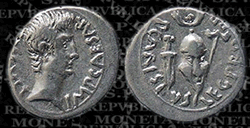
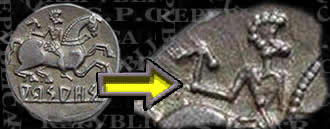



-
 1
1
-
-
3 minutes ago, Genava55 said:
I am simply worried for the Lusitanians but if you want to mess the whole development go ahead.
I don't see the point in discussing with someone that cannot back up his claims nor answers simple questions.
I believe that I was the one who made the most references here, an unfair accusation. I'm not the one with innovations, those, yes, that become a mess...
-
24 minutes ago, Genava55 said:
As far as I know, there are no evidences that the other Celts (Britons and Gauls) used any sort of armor made of scales.
If you know evidences for such armors in a Gallic or a Brythonic context, I would be really interested.
Do you have a reference?
Is there an account from classical authors mentioning armor made of scales on the peninsula?
First, because I am an annoying nitpicker and because I am genuinely interested to seek the truth.
But also because I don't want to see the Lusitanian faction suffering the same issue than the Iberian faction.
If both the Iberians and the Lusitanians use the same references, then there is no point in creating this faction.
Read the beginning of the topic.... the Iberian peninsula is divided into three areas, the Iberian properly (Mediterranean coast), the Celtiberic, and the Celtic. The Lusitanians are included in the Celtic.
And the classic authors, make reference that the Celtiberians and Lusitanian used the same weapons.
The current Iberian civilization, mixes the three, the buildings are Celtiberian, and mix Celtiberian and Iberian units.... Lusitanian, there are only the darts. Still, somewhat characterless.
The current Iberian civilization is defensive, possibly inspired by the Roman siege of Numantia. This was not the war tactic of the Lusitanians, who were notable for their warrior nomadism.
In addition, as I said, the major war events that took place in the Iberian Peninsula, BC, were carried out by the Lusitanians with Viriato and Sertório. And once again, I think it would be a huge gap, not being Sertorio among the Lusitanians, it would be a natural evolution in the Lusitanian game mode.
As for scale armor, I have repeatedly cited liria pottery, as well as Strabon's express mention of the use of heavy army by the Lusitanians. And once again, I don't know why the surprise, the previous versions itself, and I'm mistaken, the current one also correlates scale armor. Now... if you have new theses about it, as I said, write a scientific article and defend it academically. Untimely to weave innovations here.
-
 1
1
-
-
2 hours ago, Duileoga said:
Buenos días/tardes/noches;
-Por la nueva información que aportan (muy buena por cierto) ahora tenía pensado que las unidades de infantería no campeonas tuvieran en fase 3 ;
1)Unos cascos de madera y o de cuero coronados con un penacho además de cubiertos con algunas pieles o capas con textura de pieles que taparían parcialmente los patrones y símbolos de las ropas , sin olvidar unas caetras simples de madera o cuero con algún símbolo regional y unas grebas de algún pelaje.
a diferencia de las unidades campeonas ;
2)Que tendrían cascos de metales diversos y estarían reforzados con cotas de malla en algunos casos ligeramente tapadas con capas de textura de lana o lino con algún patrón y unas caetras de madera o cuero con refuerzos de diferentes metales en el centro y laterales además de llevar algún símbolo regional junto a unos zapatos de cuero.
(sigo investigando y combinando diferentes posibilidades)
Disculpen las molestias*
Las unidades de infantería, con sus subdivisiones: espadachines, piqueros y dardos, en su fase 3 creo que ya podían hacer uso de cascos de bronce (montifortinos y calcidico), además de cota de malla y armaduras de escamas. Las unidades actuales de los Ibericos, en el modo actual 25, en su tercera fase ya hacen uso del casco calcídico, y en el modo de los juegos anteriores 24, 23, etc ... la infantería piquera ya hizo uso de armadura escalada .
En la fase 2, podría utilizar armadura de linotórax, con cascos de cuero. Recuerdo que los modos anteriores 24, 23 ... tenían una buena variedad de cascos de cuero. A menos que me equivoque, la infantería espadachín actual, en su fase 3, todavía usa casco de cuero.
En la fase 1, infantería, ropa ligera.
En cuanto a las Unidades Campeones, podían utilizar completamente la armadura pesada, incluido el uso de bucculas (máscaras). Especialmente en caballería. Además del uso de bucculas, el uso de bipene (hacha de doble filo).
Creo que también sería interesante hacer uso de la espada tipo "la tene" (espada larga/lejos), plenamente documentada arqueológicamente, por la infantería en general, además de las tradicionales gladius hispaniensis y falcatas. La espada de la tene, ya tiene en los Britones, basta agregar.
Recuerda también que las capas no solo estaban hechas de pelo de cabra, sino también de lana. Hay capas negras en otras unidades del juego ya hechas, sería suficiente agregar.
-
 1
1
-
-
Specifically regarding the coin, you convinced me to be a Thracian, the sword really seems to me to be of Thracian origin and not a gladius hispaniensis as I said.
Anyway, we have a "barbarian" dressed in a 127 BC loric squamata. Which corroborates the heart of all this quarrel, the loric predates the Romans. Yet this point is a paltry mention of how many others have already been made and ignored....
And back to the main point, almost celtic people have a registered of the use of loric squamata, but according to the article you cover, the Lusitanians and Celtiberics do not! Making assertions bluntly contrary to classical authors. In addition to the express representation in Celtiberian ceramics... and therefore widely represented in the historical portrayals of Celtiberian and Lusitanian warriors.
I don't understand why polemic about this.
-
A "thracian", which makes use of a gladius hispaniensis... it's an evolution, for those who said there was no barbarian.
"Roman" auxiliary troops in Britannia were essentially "Iberian". It is not by chance that they used lSquamat loric, as the use of will be repeated in all events after the incorporation of "Iberian" bodies into the Roman army.
Lusitanians and Celtiberians, like the Cantabrians, Galaics, etc... used the same weapons...
The thesis that you encompass as almost non-existent the use of mail coat.... however, once again, Estrabon mentions the use by Lusitanians of both light and heavy armed:
Quote"They also hold contests, for light-armed and heavy-armed soldiers and cavalry, in boxing, in running, in skirmishing, and in fighting by squads."
"You really think the bottom part is a chain mail?"
The upper part yes, without a shadow of a doubt.... and I repeat what I said initially, I'm not the one with innovations, if not you. Nothing I have exposed here is new. So much so that they are reproduced by all those who portrayed the Lusitanians and Celtiberians.



-
8 hours ago, Genava55 said:
Esta é uma moeda romana, certo? Esta não é uma moeda indigeniosa, certo?
Então por que um romano cunharia uma carta celtiberiana?
Especialmente, por que os romanos cunhariam em Roma um denarius com uma carta celtiberiana? E novamente esta não é uma moeda encontrada exclusivamente em Hispania, este é um denarius generalizado cunhado por alguém que estava no comando da casa da moeda oficial. Em Roma.
A ninhada acadêmica é clara sobre o assunto, a letra M nesta moeda é uma referência a um ancestral do minter. Isto é o que é explicado no livro de referência sobre cunhagem republicana escrito por Michael H. Crawford.
Todas as coisas que você vê, as tranças, o capacete da máscara e a antena pommel são os produtos de sua imaginação. Nenhum especialista descreve a moeda dessa forma. Não vejo a máscara, vejo um rosto. Um rosto cunhado de forma semelhante em outras moedas da família Servilius. O pommel da espada é semelhante em outra moeda representando um romano enfrentando um macedônio.
Your own reference says "it is in any case clear"..... the other coins feature other representations that are not Roman either, or at least not just roman, as you yourself mention.
As for not seeing, or ignoring, the figure of a "barbarian" in the representation on the left, we see that someone has problems with their eyes.... of all sorts, even if they ignore everything that has already been said, specifically about the currency in question . Liria's ceramics are even clearer.
Although, in all tribes of Celtic origin, scale armor is registered, but in the Celtiberians and Lusitanians they are not.... they are some kind of cloth armor.
The reference you make:
Quote"This second option — the coat of mail — has also been suggested for the Llírian warriors, but these coats of mail from the 3rd to 2nd centuries BCE did not have pteryges and were furthermore an absolutely rarity in Iberia (in fact, not a single piece from a coat of mail is known to have existed in Iberia before the Caesarean period, in the middle of the 1st century BCE)."
It expressly contradicts Estrabon, as I've already said, but you completely ignore it.
Quote"They arm themselves with a dagger or a gladius. Most have linen breastplates; others, but in small numbers, wear chain mail and the triple summit helmet;" - Estrabon, Book III, Capt. 3.
Between Estrabon and these "exotic" theses, to say the least, I take Estrabon.
or.... let's figure the Celtiberians and Lusitanians no longer with lorica squamatas, but with some kind of cloth armor... !
-
 2
2
-
 1
1
-
-
2 hours ago, Genava55 said:
It is not from Hispania and does not represent two local knights.
For you this is a Celtiberian letter ?
Interesting. Completely wrong but it is interesting how some people can made up things with great imagination.
Maybe you should read more about Gaius Servilius Vatia
The type of coin in question is not a single period and theme....
Imagination is seeing a Latin "M" in a knight wearing a mask.... did the Romans already wear a mask in their cavalry 127 BC?! Like the other knight, wearing a loric squamata, which will only come to be used by the "Romans", in the imperial period, almost 2 centuries later! Yet by auxiliary troops, read: iberians (lusitanians, celtiberians, cantabrians, etc...).
Celtiberian coin, displaying the same letter, celtiberic, "M":
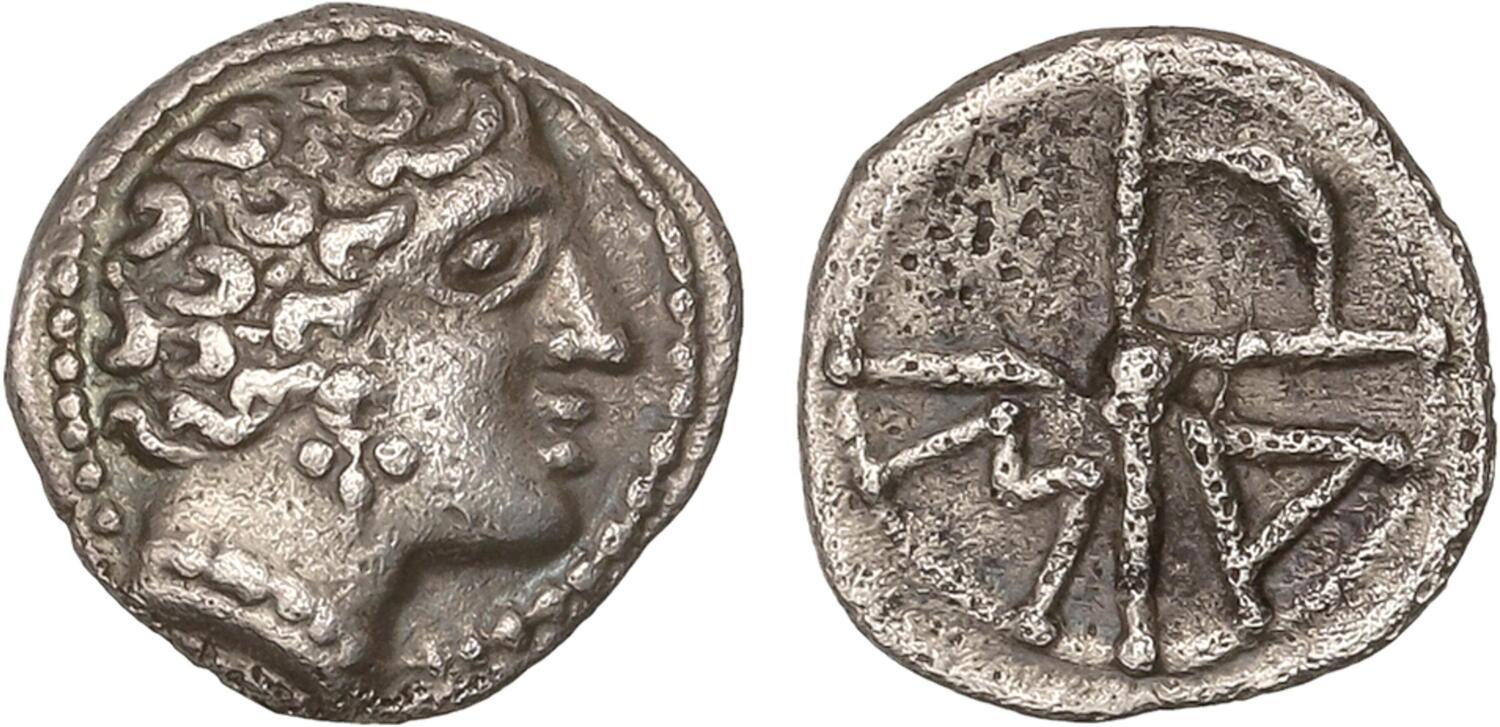
-
I know that the fragments of the portico in question, are found in Rome.... it does not contradict that the weapons presented are in reference to the Roman conquests. And I reiterate, they are dated from the Augustus period, with the considerations I have already explained above.
As for the reference to currency, there are others, with different dates and themes, the one I referred to is from the year 127 BC. , original from Hispania/Iberia, which clearly depicts two local knights. That once again, as I explained above, a double-edged sword, using side braids, and therefore scale armor (it is hardly credible for someone to hypothesize that it is a knight from other parts), the other knight, sporting on his shield a Celtiberic letter (M), as by itself, clearly indicates its origin, as it also makes use of a buccula (mask) and Montfortino helmet, as later coins from the Augustus period in allusion to the Cantabrian Wars will portray. The image of this second knight is also repeated in other coins of Celtiberian origin, which reinforces that it is a Hispanic knight.
About some points that you report, it seems to me to be an elucubration that contradicts the express mentions of the classic authors, corroborated in the ceramics of Liria. Diodorus Siculus expressly says that the Lusitanians used coats of mail....!
In any case, if anyone is willing to theorize new interpretations of Liria pottery, good luck! I suggest to write a scientific article about it and hold academic conferences on your theses. For now, let us base ourselves on what is consensus.
And once again, so as not to miss the nerve-racking point at hand, the squamata loric, whether or not of Roman origin, was demonstrably used by the Celtiberians.
-
11 hours ago, Genava55 said:
Você alegou isso várias vezes, mas os relevos que usou como referências são aqueles:
Esses relevos são datados de períodos agosanos e tiberianos. Esses tipos de monumento geralmente misturam as armas de vários inimigos e a confiabilidade é baixa. Por exemplo, vários monumentos gallo-romanos retratam a pele da Amazônia ao lado de outras armas. Além disso, mesmo que fossem de fato armas tiradas das guerras cantabrianas, eu não diria que os romanos tomaram a esquamata lorica dos lusitanos.
Before, to be clear, I'm not talking about anything new. Archaeologists and historians, such as Conde de Clonard, in his work "Album de la Infanteria Española" of 1861.... in this way he already portrayed the "lusitanians" (Celtiberians and turdetanos).
Clonard's main source, as well as that of other historians and archaeologists, to portray the Lusitanians, Celtiberians, Cantabrians, as I mentioned earlier, are the records on Roman coins depicting warriors and weapons used by them, in addition, of course, to classical texts. The "recent" archaeological discoveries, such as Celtic ceramics, statuary, ex vows, etc... are also important sources, and that corroborate others, for the representation of Celtiberian clothing and by desideratum of the Lusitanians, since they use the same weapons and costumes.
Here are the images that follow representations expressed, in Celtiberian ceramics, of warriors wearing scale armor:
Even more expressed, in particular the Lusitanians use of the lorica scale, is a coin from Servilia dated to the year 127 BC, which depicts the fight between two knights. The use of a double-edged sword, of the "antenna" type, denounces that he is a warrior from the Celtic area of Iberia. Even more representative in this are the traditional side braids, and wearing scale armor:
As for the squamata loric being of Roman origin or not, I maintain that it is of Celtic origin. In any case, ad argumentandum tantum, even though it was of Roman origin, its use by the Lusitanian and the Celtiberians has been proven, as is the case with linothorax (this one, yes, of Mediterranean origin).
The portico I referred to, as far as I remember, is from the Augustus period, in reference to the victory in the Cantabra War, and for that reason it bears weapons, such as the caetra, and the gladius hispaniensis, undoubtedly of Galaic origin, other weapons are in reference to other conquests, and that can correlate the squamata loric among which, it is a possibility.... as well as galaic, it is something that cannot be discarded. Even though it is the victory of another people, it denounces and corroborates, once again, that the squamata loric is not of Roman origin, but of Celtic origin.
-
 1
1
-
-
19 hours ago, Duileoga said:
Buenos días / tardes/ noches;
-Reconstrucción de un "Guerrero Lusitano"(que debería ser el de fase 3 , con algunas remodelaciones extra para hacer diferentes modelos);
-Muy parecido a la descripción de Diodorus Sciculus aportada por @Ardworix.
Disculpen las molestias*
Si, bueno, pero, colocaría como la 3a fase, guerreros doblando armaduras más pesadas, como la malla quota y la lorica squamata, bien como cascos de bronce (montfortinos y calcídico celtibérico).
Otro bueno modelo es este:
Una observación personal que noto es que muchas de las representaciones, en términos de apariencia, retratan a los lusitanos con barbas, pero los pocos hallazgos arqueológicos, registran a los lusitanos con bigotes, trenzas laterales y cabello largo.
-
 2
2
-
 1
1
-
-
Some models based on the Cantabra War. Several references to the weapons and costumes used by the Lusitanians comes from coins commemorating the Augustus period referring to the Roman victory over the Cantabrians, and that despite the name "cantabra", took over an alliance between Galaicos from the mouth of the Minho to today's Cantabria.
This is also because, according to Estrabon, all the cimbros (Lusitanians, Galaicos and Cantabrios) were dressed in the same way and used the same weapons.







-
 3
3
-
-
The textures are very beautiful, I imagine the work it took to make them.
If you allow me, a few remarks.... regarding the tunics: Textura fase 2 infantería ligera; (túnica lusitana escaramuzador, espadachín, hondero, lancero, y de la caballería a distancia como caballería cuerpo a cuerpo).
The skirts (or kilt), based on the statues called "Lusitanian warrior", are in checkerboard (or tartan) which was derived from looms, common to almost all peoples of Indo-European origin.
I think it would also be important to consider Estrabon's express description of the Lusitanian people's way of dressing, he says:
Quote" [....] Most have linothorax; others, but in a small number, wear chain mail and the triple summit helmet; helmets are generally made of leather. Pedestrians also have leather gaiters, and each one carries many long darts in his hand; some use spears tipped with bronze. All men are dressed in black, and to tell the truth, they do not leave their sagos using them as blankets on their beds of straw Dry: these robes, like those of the Celts, are made of coarse wool or goat hair. Women only wear colored robes and dresses made of crisscross thread." - Estrabon, Geography, Book III.
About it, also Diodorus Sciculus:
Quote"They wear rough black cassocks made of wool, like goat hair. Some of them are armed with the light Welsh shields, others with Sketon as large as shields, and wear greaves on their legs made of coarse fur and bronze helmets over their heads, adorned with red plumes. They carry double-edged swords exactly tempered with steel, and have daggers on the side, of a long span, which they make use of in close fights." - Diodorus Siculus - Book V, Brittany, Gaul and Iberia.
I believe that linothorax is missing, such as the lorica saquamata, among the armor of the Lusitanians. As well as, I think that the coloring of the clothes as of the covers, in the textures, should be predominantly black. I also consider that leggings, leather or fur, should figure in the texture.
I would also suggest putting the Torc on the neck, as virias (bracelets) in the textures, represented in the statues of the Lusitanian warriors:

A good reference of a Lusitanian warrior wearing linothorax is the archaeological find in the Municipality of Bande, of what would be a chess piece, in it besides the linothorax, the Lusitanian warrior wears a montfortino helmet, and fur gaiters, and cape. Also interesting to note the traditional side braids of hair and mustache:

Other good image references are those of the Galician archaeologist and historian André Pena Graña:

-
 1
1
-
-
On 02/05/2021 at 12:10 PM, Duileoga said:
Buenas ;
Aquí un listado de los nombres de caudillos lusitanos que pueden ser para la "ia"(inteligencia artificial);
1."Viriato ";-------------------------------(Virilos )
2." Cauceno";----------------------------( Kaikainos)
3."Césaro ";------------------------------(Caisaro )
4." Púnico";------------------------------(Apimano )
5." Taútalo";------------------------------( Teutalus)
6."Curius ";-------------------------------( Coutio)
7." Apuleio";------------------------------(Apano )
8." Conoba";-----------------------------( Connoba)
(los nombres originales en lusitano son motivo de debate)
https://www.ucm.es/data/cont/docs/106-2016-05-03-14.Vives.pdf
https://ifc.dpz.es/recursos/publicaciones/28/40/05salinas.pdf
Disculpen las molestias*
I suggest that it is among the three heroes: Cauceno, Viriato and Sertorius.
Caucene, because he did the feat of crossing the columns of Hercules, and attacking the Romans at their base in North Africa. What did denotes a certain naval mastery of Lusitanian. About it, says Apiano:
QuoteThe Lusitanians on the other side of the Tejo River and those who were already at war with the Romans, whose head was Cauceno, began to devastate the Country of the Conios that were submitted to the Romans and took Conitorgis, an important city of them. They crossed the ocean along with the columns of Hercules and some made incursions into a part of Africa and others besieged the city of Ocilis.
Viriato for obvious reasons which I won't elaborate on.
Especially, I think it would be interesting to add Sertorius as the third hero of the lusitanian faction. In spite of being of Roman origin. Sertório was certainly, after Viriato, the greatest "general" who led the lusitanian in a war as intense or more intense than the one waged by Viriato. There was a moment when the Romans mobilized 130 thousand men against the Portuguese of Sertorius.
QuoteMommsen considers Sertorius the greatest Roman so far, but at the same time he recognizes that it was the Portuguese who allowed him to reveal himself; that his superiority lay in adapting to them, ceasing to be the heavy, emphatic Roman, to be the gentleman, vivacious, guerrilla captain like Viriato himself: "All Sertorius' successes were linked to the country (Lusitania), to skills of its inhabitants". Also with Sertorius - only murder freed the Romans from the invincible enemy. Even so, having won the victory of the treacherous dagger, it was not for Rome to be the fearless mistress of the fearsome Portuguese. Nor Caesar, despite representing the same ideas as Sertorius, and admitting, in principle, the pretensions of Lusitania. It was still necessary for Augustus a campaign, more political than military, and that definitively shaped the old warrior nation into a Roman province.
This also implies an increase in the gameplay of the Lusitanian faction. This is because, with Sertorius, it is mentioned by Plutarch that Sertorius' troops created a naval flotilla, siege weapons and other weapons, previously only used by the Romans. In other words, the Lusitanian faction could have available weapons already available in the Roman faction.
Quote"X.- He was meditating where he would go from there, when the Lusitanians called him, giving him, through ambassadors, with the command; because being lacking a general opinion and experience, which could oppose fear that the Romans inspired them, they only had confidence in him, having known from those who had treated him what his nature; [....] XI.- Whatever the Lusitanians called him, he left the Africa, and placing himself in front of them, his general constituted with absolute empire, subjected that part to their obedience. of Spain, joining him more voluntarily, because, for the most part, of its sweetness and activity " - Plutarch.
Quote"He defeated Cota in naval combat near the port of Melaria, and Aufidio, prefect of Baetica, he defeated on the banks of Betis, killing two hundred Romans." - Plutarch.
Quote"XIV.- For these exploits those barbarians looked at Sertorius with great love, and also because, accustoming them to arms, to the formation and order of the Roman militia, and removing from their incursions the furious and terrible air, he had reduced his forces to the form of an army, of great gangs of bandits that had seemed before." - Plutarch.
Finally, I think, that Roman weapons could be made available to the Lusitanians in the third and last phase of development.
-
 2
2
-
 1
1
-
-
Yes, I talk about it at the beginning of the topic.
There is a Roman mural depicting the spoils of war, alluding to the end of the war in the Iberian Northwest, where we can see the weapons used.
The scamatta lorica appears to have been originally of use of the Lusitanians, and later copied by the Romans as the "glaudius hispaniensis". The use of crimson color, the Roman army wore gray, when the invasion of the Iberian. The "salutatio iberika" was also copied by the Romans.Shield called by romans caetra, probably name lusitanian "Ataga" with "kladiwos"/sword.
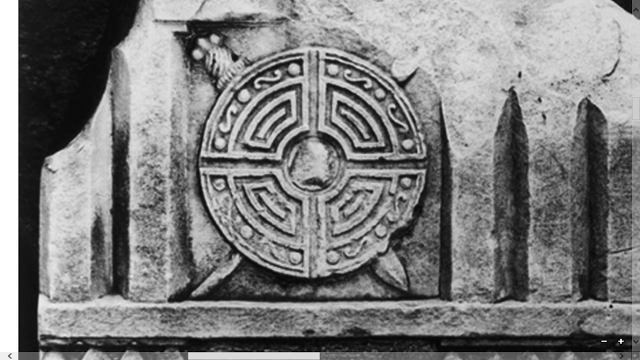
lorica squamatta
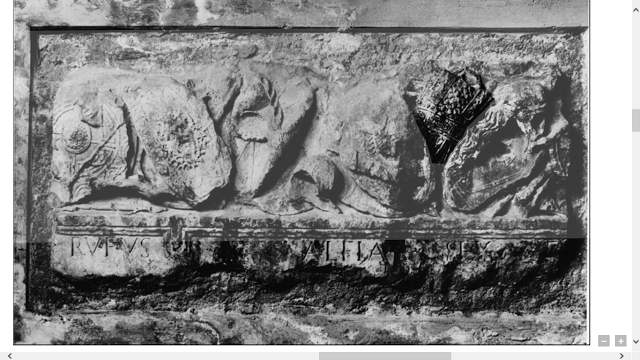
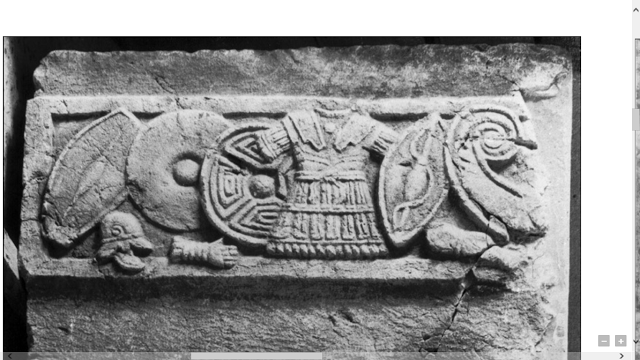
-
 1
1
-
-
I contemplated the Lusitanian faction, which Sertório figure up from the Lusitanian heroes. Sertorius was a Roman general who led the so-called war sertoriana the front of the Lusitanian. Sertório, was exiled in North Africa, with the death of Viriato, the Lusitanian rescued so that liderassem in the liberation of lusitania the Roman judge. Sertório then organized the earlier Lusitanian hordes in the Roman army formations, did build a naval squadron, endowed them with siege weapons and so dominated the whole Iberian. But it ended up having the same fate as Viriato, when was murdered at a banquet. I would have been able to sweep the Roman occupation of the Iberian.
So with the choice of Sertório as hero, the Lusitanian faction could be provided with improvements turtle formations, siege weapons, warships, etc ...
Now, if disposal, creating new factions. I think we could do something similar, even within the Iberian faction when choosing Viriato as hero.
It might i to create an elite corps made available with the choice of hero Viriato, the "devotio", a body of sworn officers to give their lives for their boss.
I do not know if it would be feasible biggest changes as the costumes, structures, etc ... for greater lusitanization the Iberian faction to choose the hero Viriato -
The Lusitanians SanctuariesThe Lusitanians held their religious ceremonies in rupestres "sanctuaries" in the hills, called "croio teutático".
Strabon reports that:
"The Lusitanian often sacrifice to the gods, examine the entrails without the boot of the body of the victims, also observe the chest veins, and also take certain indications by simple probing. Even Consult in some cases human entrails, serving up to that of pows, previously lining the sagum ([xvii]) to the sacrifice, and when the victim falls to the open womb by the hand of arúspice ([xviii]) take the first omen of own downfall of the body. often also cut the right hand to the captives and offer it to the gods. "
Croio Teutático



-
 1
1
-

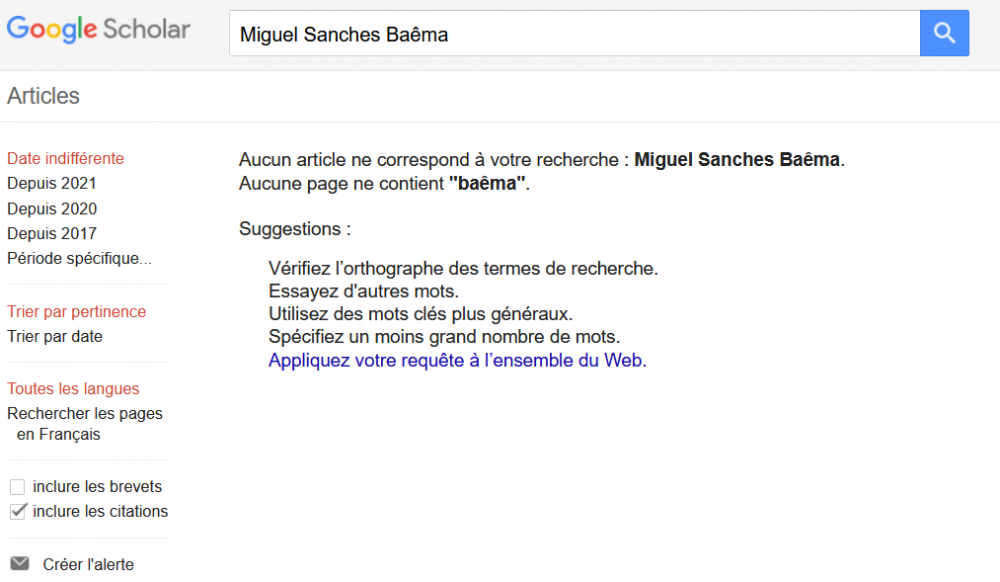
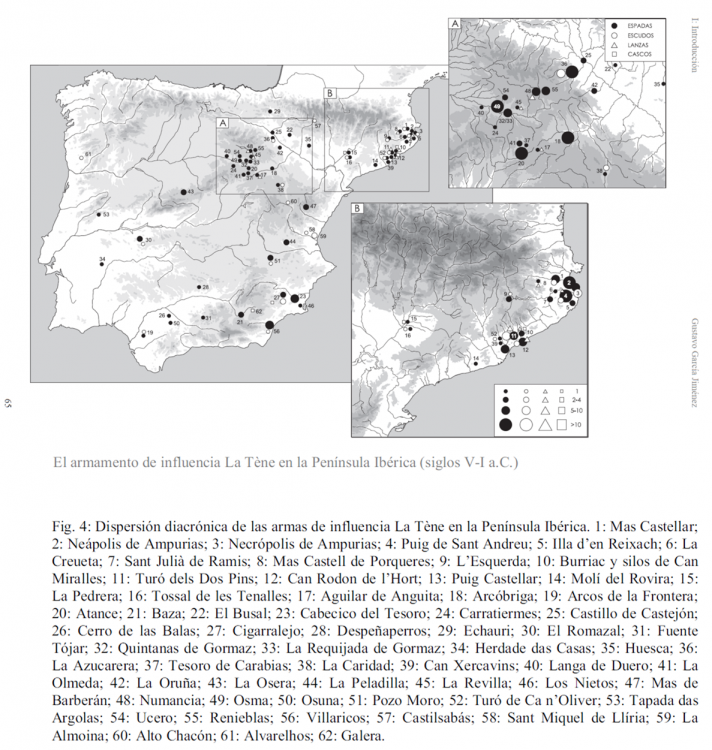
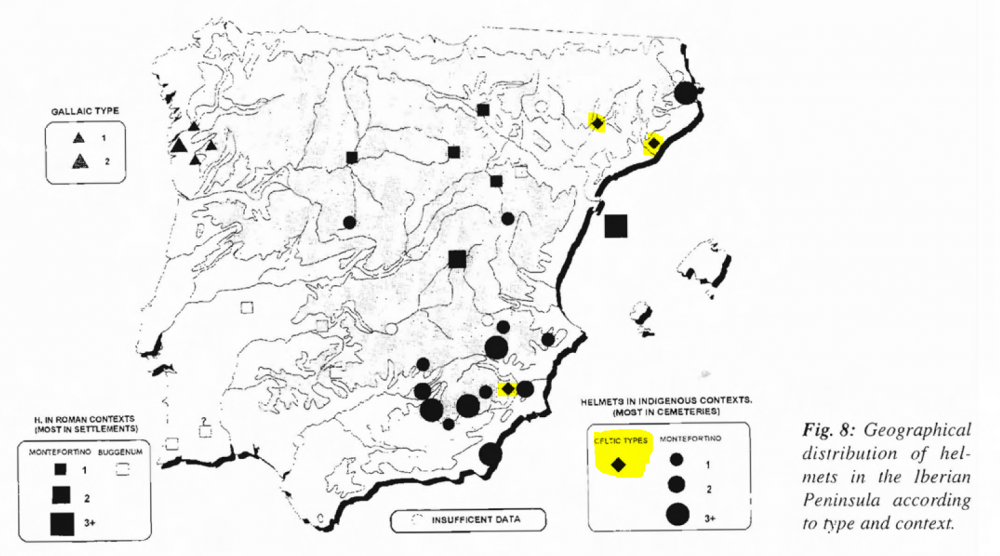
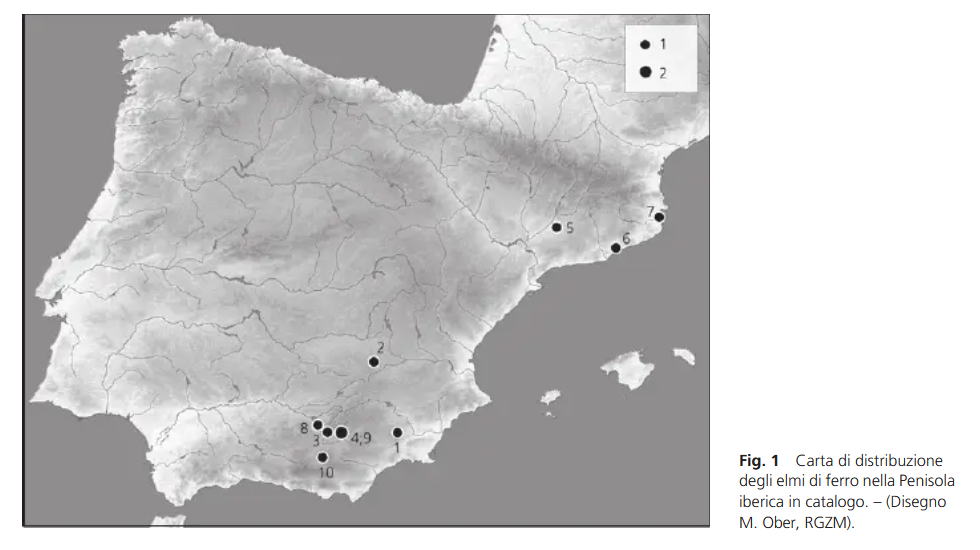
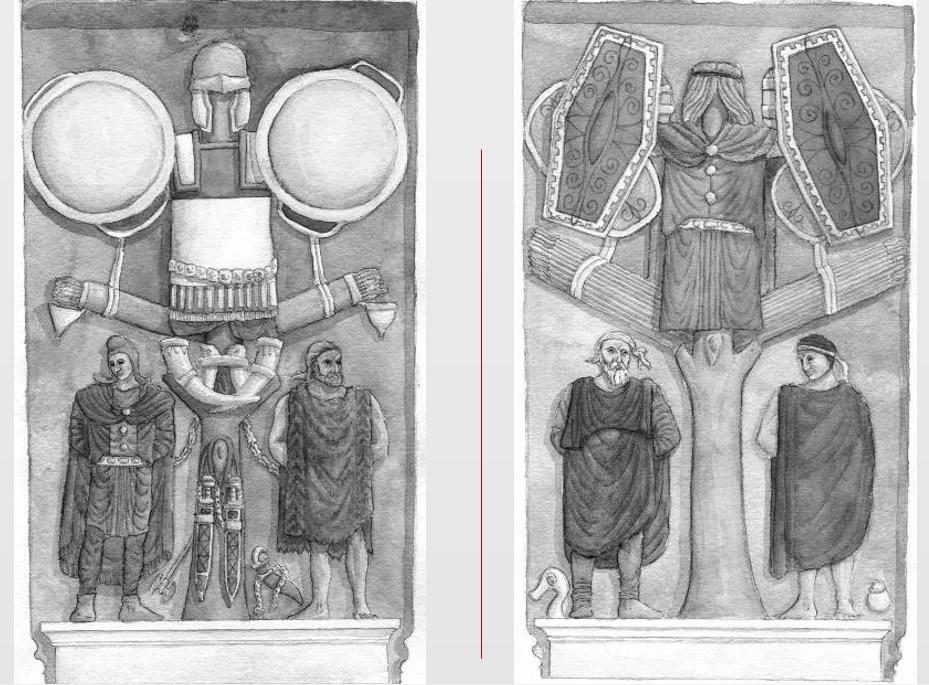
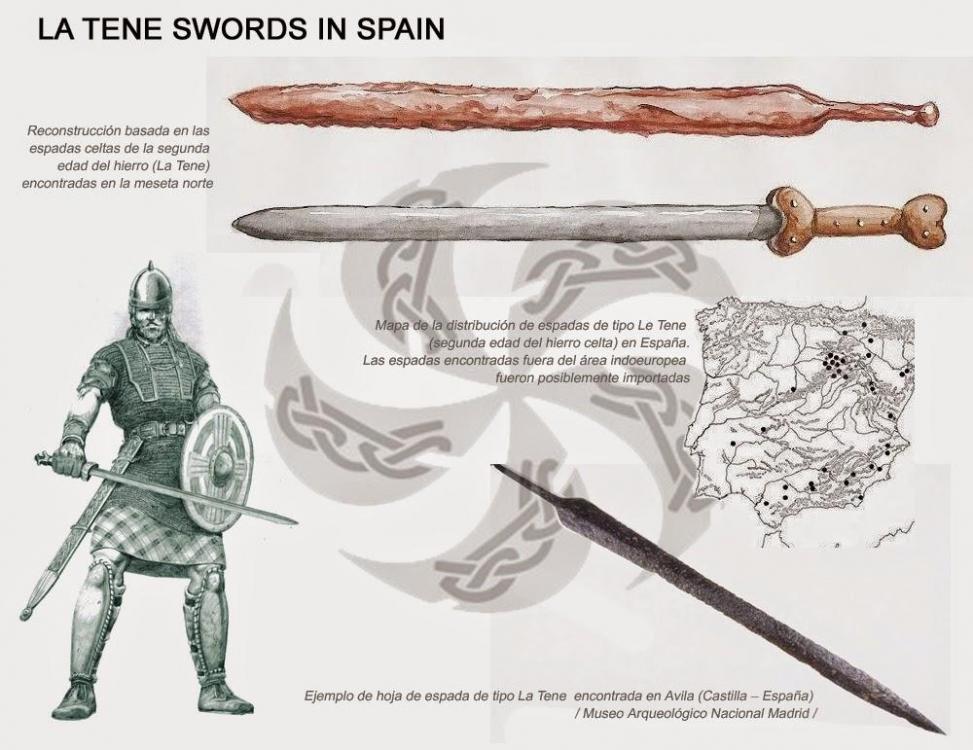
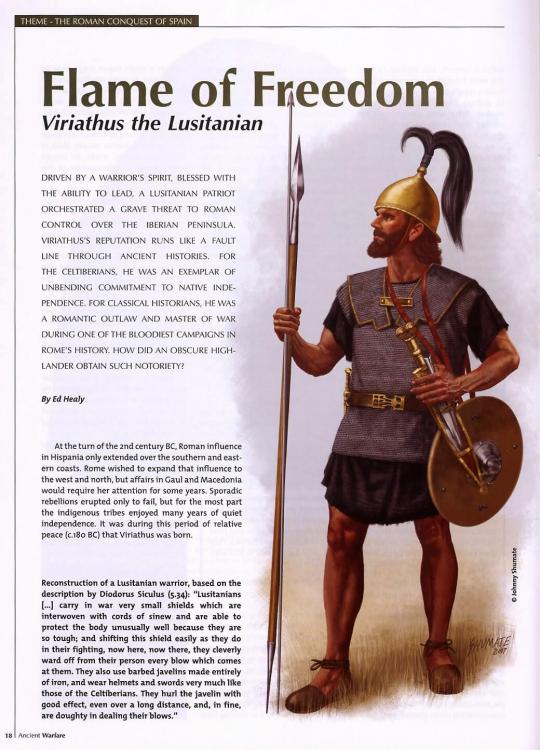
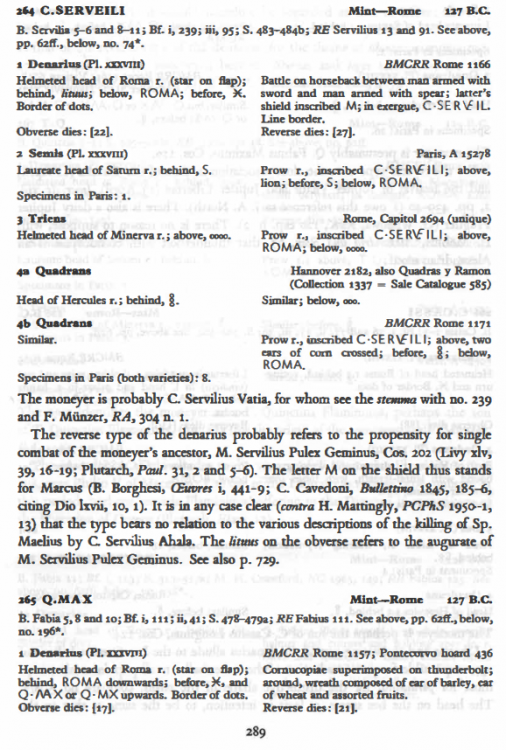
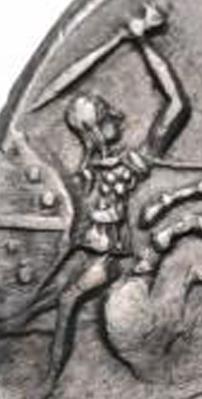
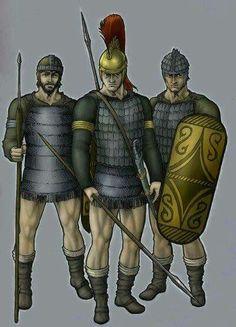
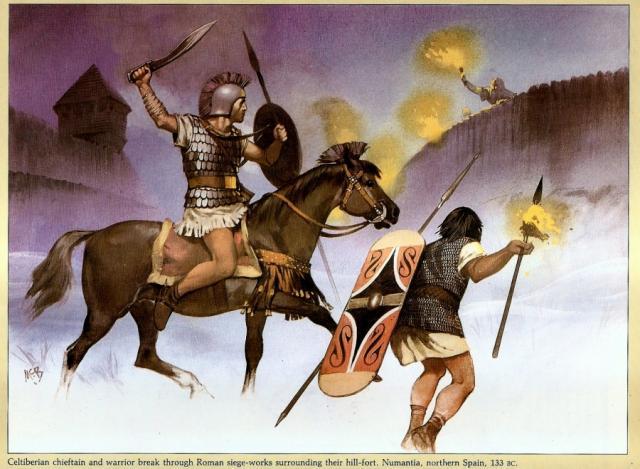
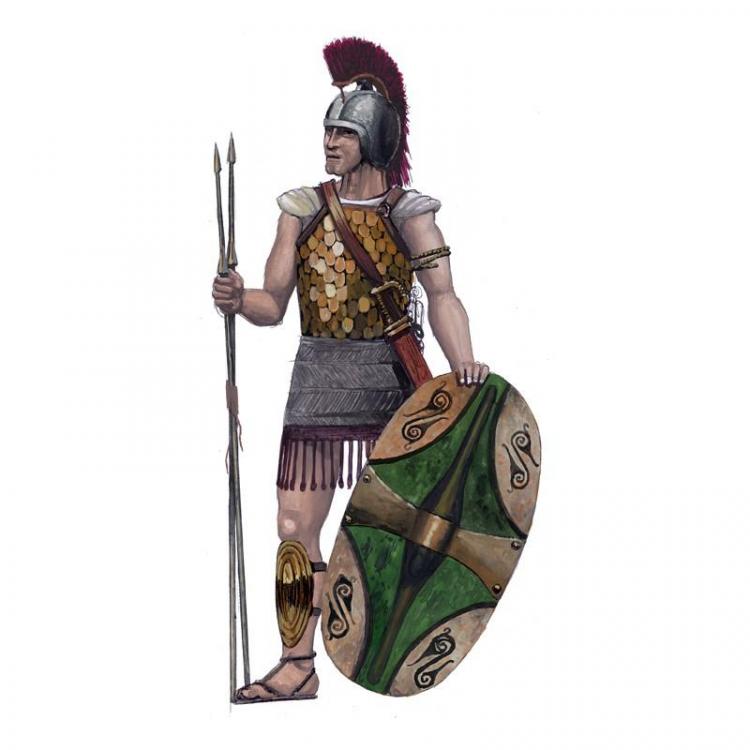
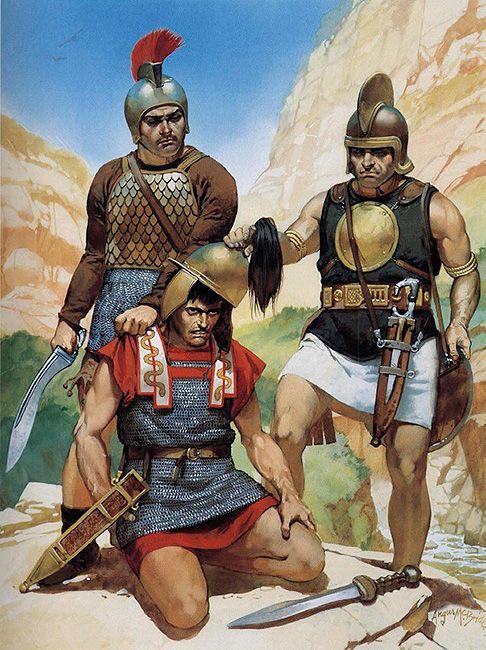
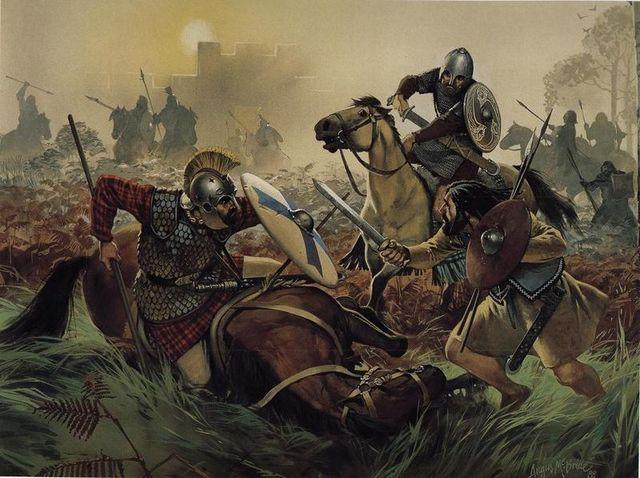
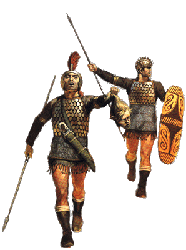
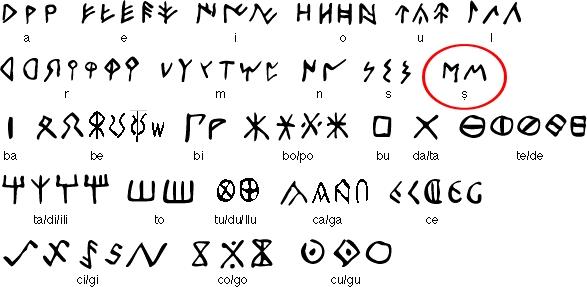
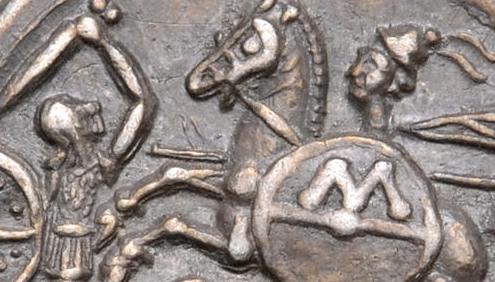
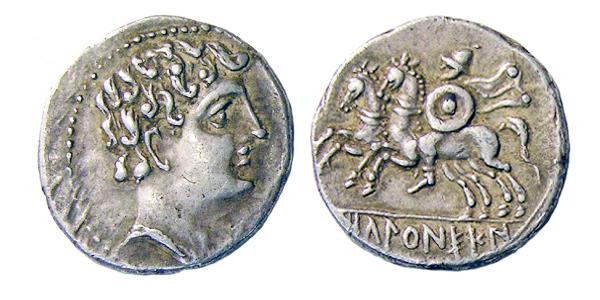
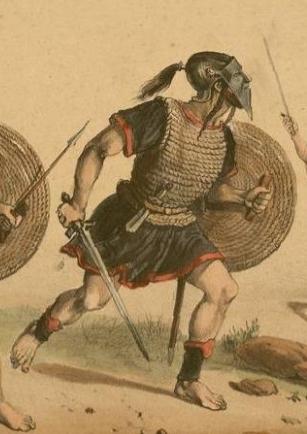
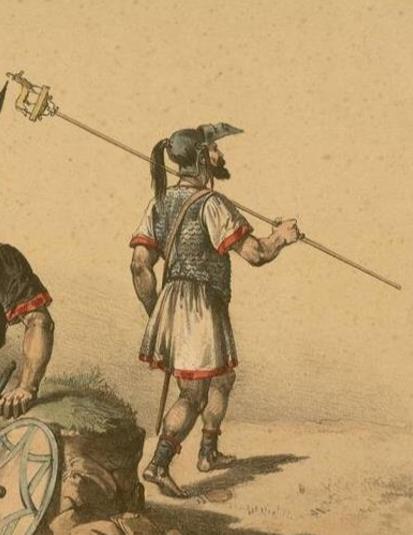
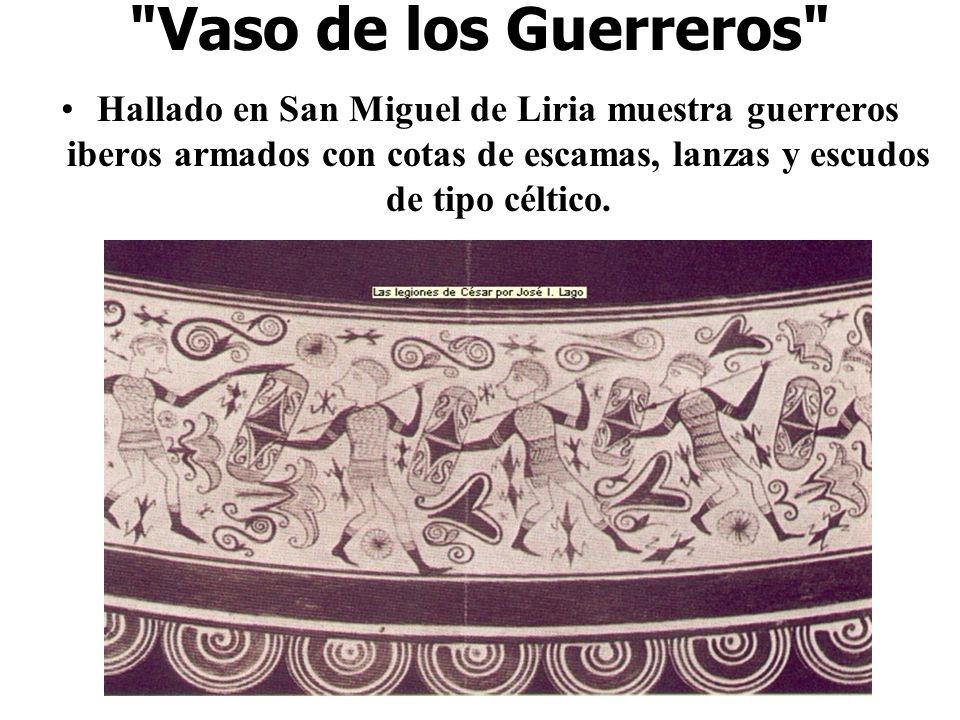
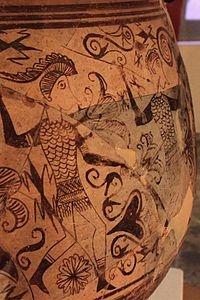
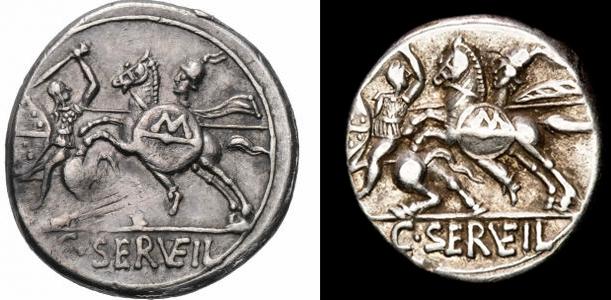
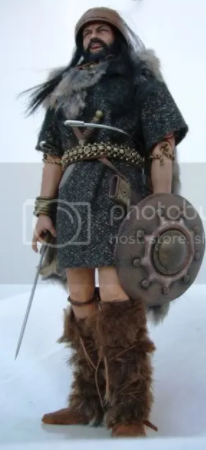
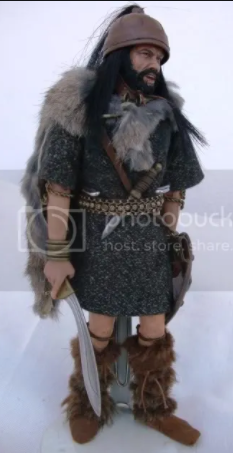
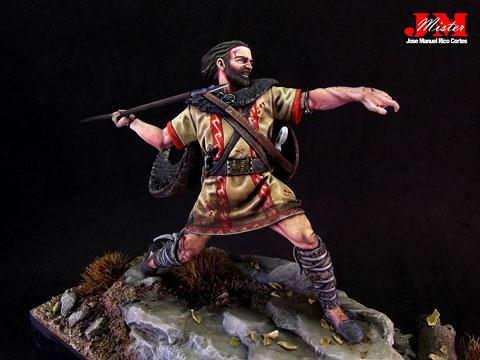
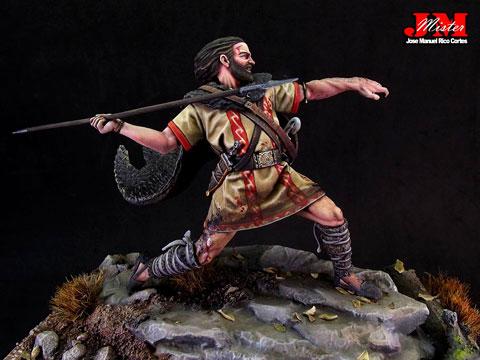
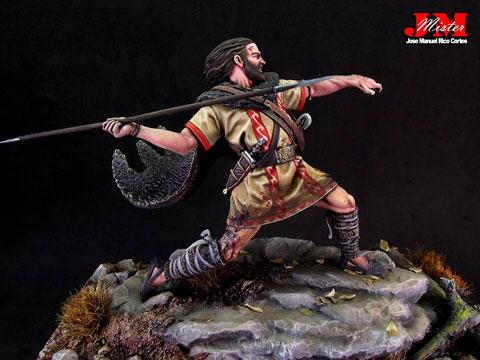
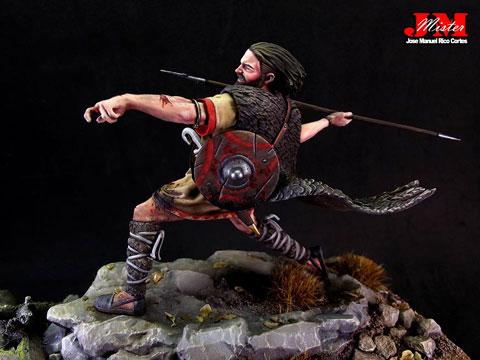

For a New Faction: Lusitanian.
in General Discussion
Posted · Edited by Ardworix
The troops that attack and use fire dards are from Pompey who had already attacked, previously:
The episode of the Lusitanians brothers who desert, comes from these troops of Pompey, of which they even report a speech....
Furthermore, Pompey's troops were not formed exclusively by Turdetans/Béticas... as the episode of the Lusitanians brothers expressly demonstrates. Juan José Sayas Abengochea, at one point, dealing with the composition of Pompey's forces, says:
And for a change….again, what has become customary, you misrepresent my points. I said and I repeat that I could use heavy helmets and armor in phase 3....!!!! Which alone would make these units minority, before phase 1 and 2 composed of light troops.
From what I see, you are problematic, disruptive, and it seems that your ultimate purpose is to riot to touch your whims.
Anyway I just gave suggestions, do as you see fit. We no longer have anything to talk about and I close my participation. Have a good time!